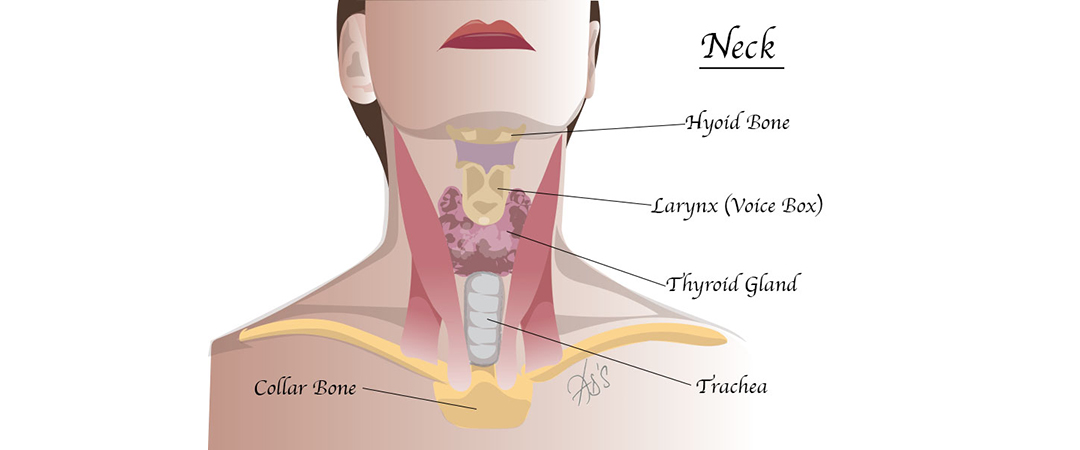

The Parotid gland makes the major part of saliva and is located under the earlobe on either side of the jaw. It is the gland that is affected by Mumps.
Growths of the gland are common and seen in all age groups. The vast majority (approximately 80%) of growths are not cancerous, though some tumours can be cancerous.
Other reasons for a swollen and painful gland include, stones in the duct of the gland, narrowing of the duct etc. blocking the flow of saliva. This blockage often gives rise to infections, which can sometimes be troublesome.
Swellings and other issues related to gland should be addressed and treated.
A detailed history is taken followed by a full clinical assessment. Investigations include an ultrasound scan, which may also involve obtaining some cells from the gland using a needle (FNAC). These cells are then analysed under the microscope by a pathologist who will often determine the nature of the swelling. Rarely, other tests such as a CT scan, MRI scan or a sialogram may also be required.
Treatment depends on the nature of the lump and the results of the tests. Removal of the swelling is usually recommended because the exact nature of the swelling is often ascertained after removal and analysis of the whole lump. Additionally, if the lumps are not removed, the majority of them will grow further and often become cosmetically unacceptable and even turn cancerous. Large, cancerous lumps are difficult to remove and can be a complicated surgery.
The surgery to remove the lump is called a parotidectomy. This involves removing either part or all of the parotid gland. The operation is usually performed under a general anaesthetic. Cuts are around the ear or curving down into the neck from the front of the ear. At the end of the operation, a small drain (plastic tube) is placed through the skin to facilitate drainage of blood and tissue fluids. The skin cut is closed with stitches and the drain is removed in 24-48 hours before leaving the hospital. Stitches will be removed usually after 6 days post surgery.
Please click HERE for more information on the ENTUK website
PRACTICE MANAGER: Chelsea Fulton 07534 771264 MEDICAL SECRETARY: Karen Harris 07453 881588
CORRESPONDENCE ADDRESS: Enso House Crayfields Business Park, 3 New Mill Road, Orpington BR5 3TW